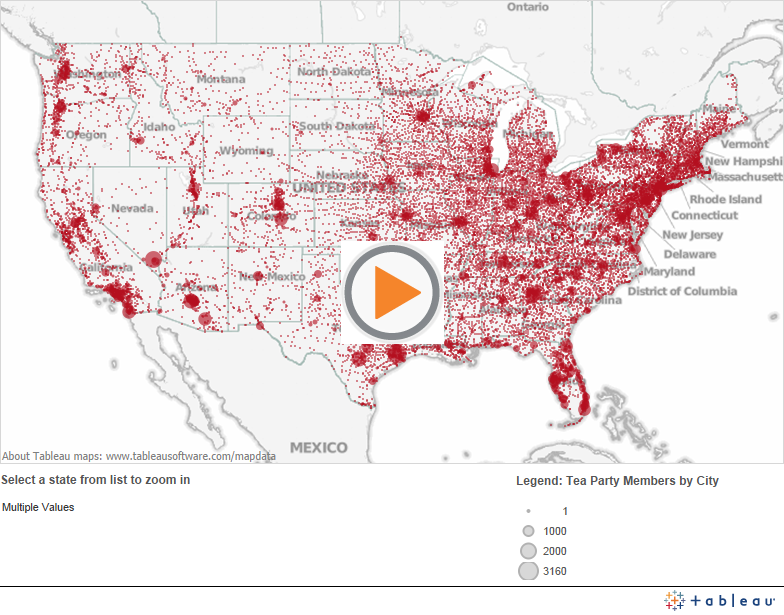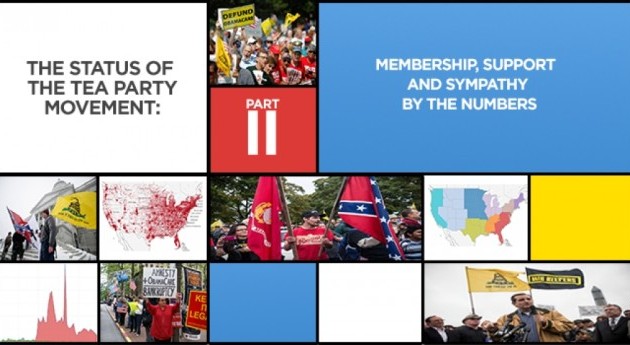Special Report: The Status of the TEA Party Movement
The Institute for Research and Human Rights (IREHR) issued a second special report on the status of the Tea Party movement provides an unvarnished, non-partisan, data-driven analysis of the membership of the national factions as the movement approaches its sixth year. As IREHR noted in Tea Party Nationalism, support for this movement ranges across three broad categories:
- core memberships of national factions
- active supporters who go to meetings, buy the literature and attend the many protests, but are not actual members, and
- sympathizers, as defined by polling organizations.
Against IREHR’s expectations, the national organizations at the center of the Tea Party movement have maintained stable memberships in 2013. During the past year, Tea Parties have endured leadership changes, significant splits, and the emergence of competitive forces. Nevertheless, core membership numbers have neither receded nor died, but grown by four percent.

Click on the map for an interactive version to find where TEA Party members are by city, county and state. Map courtesy of the Institute for Research and Education on Human Rights
The opposition to the Tea Party movement has hardened in some circles, but the core membership of the Tea Party movement has hardened during the same period. This situation has creating a polarization that reaches across a broad band of issues and indicators. Some people cheered the recent government shutdown, while others scorned the shut down and the forces that created it.
In this segment of the special report on the status of the Tea Party, IREHR will explore the trends in sympathy and support for the Tea Party, detail the Tea Party organizations’ core membership numbers, analyze the changes in membership levels, and look at the geography of the movement.
Among the important data in this report:
- Despite sagging public sympathy post-shutdown, core membership in the national Tea Party factions remains high, at over half a million people. Last year, membership growth slowed to roughly four percent. Membership is geographically concentrated in the South, with than 42% of overall membership in the region.
- The level of Tea Party supporters also rose, particularly on social media. The combined total for national Tea Party Facebook likes was 7,683,327, and Twitter followers totaled 382,240.
- Recalcitrance regarding the shutdown of the federal government and other issues caused general sympathy for the Tea Party to decline at the end of 2013, to 18% to 30% of the American public.
- Even has membership has grown, the ratio of men to women in the Tea Party movement remains remarkably consistent, with roughly two-thirds of the membership identified as men.
- The number of active local affiliated Tea Party groups is substantially lower than national groups claim. The number of local events has declined, as well.
In this report, please note the maps (which are interactive at www.irehr.org). Each traces the geographic location of the members, and provides a stunningly graphic overview of the size and scope of the Tea Party organizations. This provides an accurate assessment of where movement strength lies.
Tea Party Membership Map: http://public.tableausoftware.com/shared/PS2ZXHP2X?:display_count=yes


